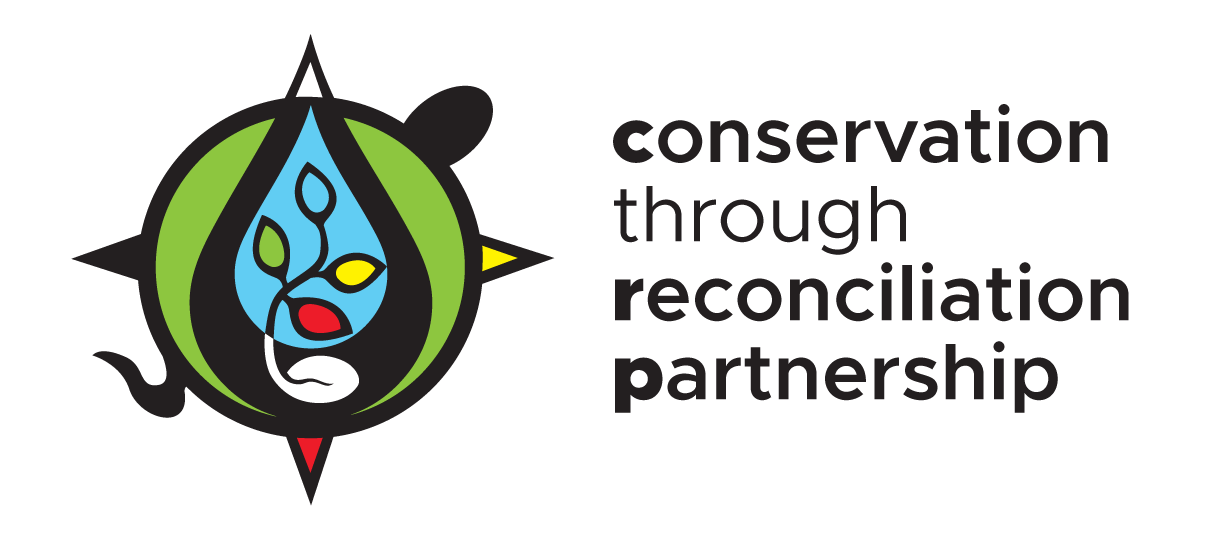Honouring Indigenous Women in Conservation
Shared by Elder Marilyn Capreol and Allison Bishop
March 08, 2021
The Teaching of the Syrup Moon
This time of year is known as Ziinsibaakwadoke Giizis, or the Syrup Moon, when sap begins to flow from the trees. This sweet water is the first gift from the land and today can be frozen into individual cubes for future ceremonies. During this season, the ice that covers the waters begins to recede and you can hear drums coming from the ice. The ice drum sounds are waking up Earth Woman, our mother, from her winter rest. Women hold responsibility for caring for the waters, making this time of year especially sacred.
Video by Historica Canada
Indigenous women are water carriers, they hold specific knowledge and traditions passed down from generations for water ceremonies, water management, social practices, and society’s relationship with water (Source). Reminders of this sacred responsibility are written in the sky world within the big and little dipper constellations. In the last 16 years there has been heightened awareness of women’s responsibilities for caring for the waters through the vision lived by the late Elder Josephine Mandamin (baa). Indigenous women have traditionally held responsibility for transferring knowledge to the community and for governance to ensure the earth works the way it should. Men also have an important role to play in supporting the circle of life by maintaining the spirit of the sacred fire.
Finding the Balance
At the Conservation through Reconciliation Partnership, we recognize that the leadership of Indigenous women is essential for conservation. As shared by CRP Leadership Circle member, Marilyn Baptiste, “Women in leadership is vital as we carry many responsibilities. Carrying the protections of our children first and foremost comes with being the water barer, from the water in our womb to the water of Mother Earth’s womb”. Indigenous women are the Earth’s assistants – they hold knowledge that is critically important if we are going to bring ourselves back into balance with Earth Woman, our mother. The future of conservation lies in the knowledge of Indigenous women and their ability to practice and sit within their communities.
As a partnership, we strive to replicate the gender balance found in nature within our governance structure. As noted by Dr. Robin Roth, Primary Investigator for the Conservation through Reconciliation Partnership, "Following the lead of the Indigenous Circle of Experts, the CRP intentionally ensured equal numbers of men and women on both the Leadership Circle and the Elders Lodge so that we could benefit from diverse perspectives and cultivate the balance necessary to guide our collective work." Additionally, we have strong female leadership within our streams of work and research programs – four of our seven streams are led by women.
The main vision of CRP is for the knowledge, teachings, and insights that are gathered and co-created through the partnership are shared for current and future generations. These gifted teachings will help care for the waters, below and above the waters, the earth, and the sacred sky world. We’re working together to ensure that knowledge and traditions are amplified and continue to safeguard the renewal of life.
Image of a medicine wheel representing women at the various stages of their life journey.
The Cycle of Life
When Nokomis Giiziis, or Grandmother Moon, goes through her monthly journey she is changing her dress – the dress tells us what the next moon will bring. When she is totally round and full, she reminds us of the continuance of life. She has always been with us, just like our Grandfather, Mishomis Giiziis (the sun). The clothing worn in ceremony acknowledges our relationship with that life cycle.
When you are wearing a skirt and stand up, the bottom of the skirt is round. A shawl and the bottoms of pants also create a round shape. These circles reflect the life cycle that goes on forever, with no beginning and no end.
The next generation of Indigenous girls and women are taking a stance to remind us of the importance of carrying tradition, knowledge, roles and responsibilities. In late 2020, 10 year old Isabelle Kulak from Cote First Nation in Saskatchewan was shamed by a Teaching Assistant for wearing a ribbon skirt to a formal day at her elementary school. Ribbon skirts are “symbol of womanhood” in many Indigenous communities, representing resilience, adaptation, and women’s leadership (Source). Since then, Isabelle has been receiving messages of support and solidarity from around the world, encouraging the young girl to feel proud of her identity.
Today, on International Women’s Day, we honour and celebrate the grandmothers, mothers, young women, and the ones yet to come.
Miigwetch, wela’lin, mahsi, merci, thank you.


